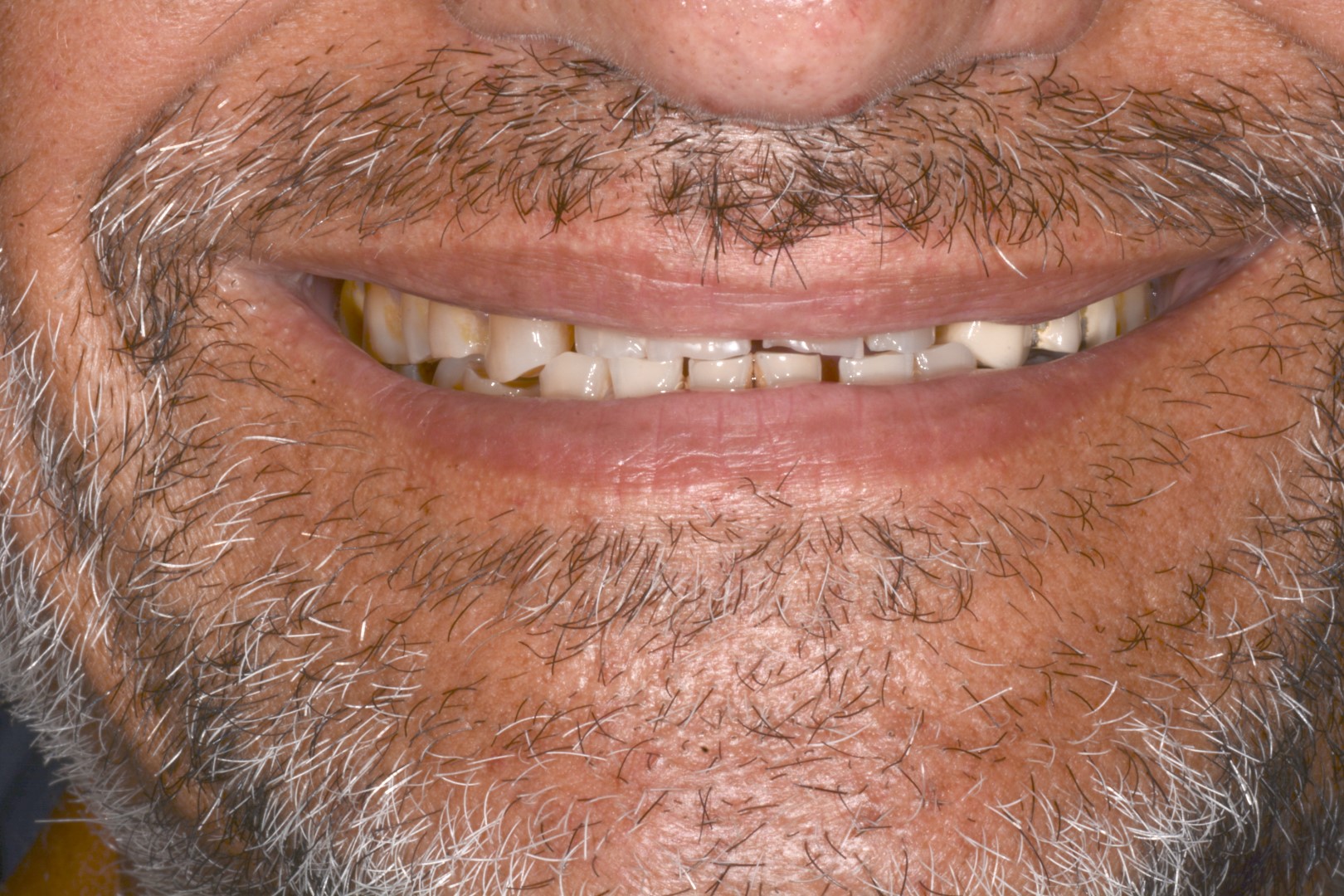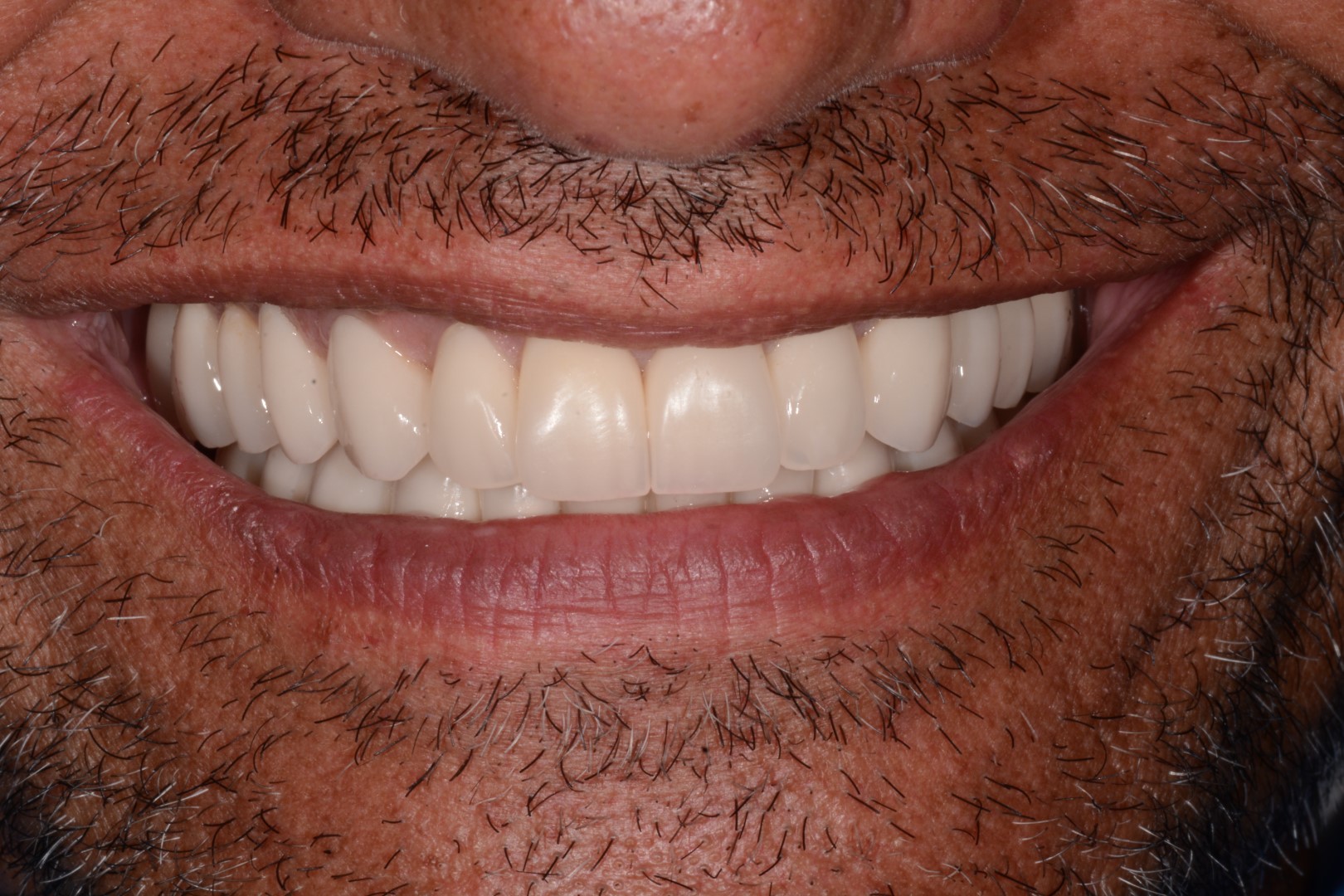Dental wear is a rapidly expanding disease in the adult population and is characterized by wear and tear of tooth surfaces. The affected tooth loses first its outermost and mineralized part (the enamel) and then its inner core (dentin). Dental wear can involve individual dental elements, but, more often, it compromises the entire dentition.
The causes of dental wear
Different types of dental wear are attributable to problems that can coexist in the same mouth. Bruxism produces wear on the chewing surfaces due to rubbing between the teeth of the two arches. Masticatory stress can also lead to the loss of dental tissue at the collar, giving rise to gingival recessions.
Erosion leads to a loss of dental tissue due to the continuous and repeated intake of certain acidic substances (sour drinks, fruit, fruit juices) or pre-existing diseases (anorexia, bulimia, gastric reflux, regurgitation). Continuous acid contact makes The tooth appear “hollowed out” and worn out. Tooth brushing performed with incorrect and uncontrolled techniques can lead to consuming the portion of the tooth near the gum that tends to retreat and expose the underlying root.
Consequences of dental wear and tear
The first signs of dental wear are an alteration in the shape of the teeth. The thinning and jagging of the incisal margins of the front teeth and the consequent shortening alters the smile and can affect social life.
The exposure of the innermost layers (dentin) shows a yellow color and a drastic increase in sensitivity to cold and heat. In the most advanced forms, there is a masticatory difficulty with muscular discomfort to the face and the mandibular joint.
Dental wear: prevention and remedies
As with all diseases of the oral cavity, if no action has been taken to prevent the problem, it would be good to at least make an early diagnosis to minimize both the damage and the extent of treatment.
Periodic visits associated with professional hygiene sessions help intercept the causes of dental wear and contain its effects.
The dental hygienist’s advice for a correct diet, the application of fluoride, and an occlusal resin plate can act on the wear of the teeth, protecting the residual structure and limiting the further loss of substance.
In cases of more advanced wear, restoring the original shape and volume of the teeth is possible by reconstructing the worn part using adhesive restorative dentistry techniques. The composite or ceramic materials adhere tenaciously to the residual dental structure and allow the recovery of masticatory function and aesthetics with a minimally invasive approach.

